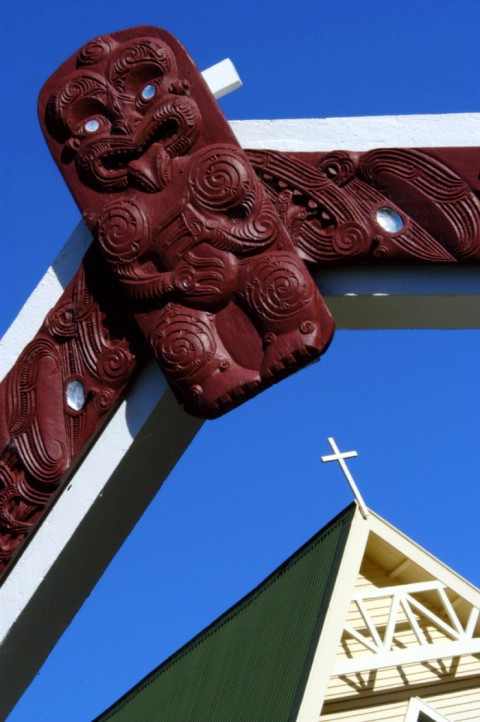Are the Maori separate and equal?
Integration is one solution to a history of oppression. New Zealand's churches tried another.

If New Zealand registers at all in the American consciousness, it is as an incredibly beautiful landscape associated with cinematic hobbits and orcs. But the country also has a surprising religious history, as major churches have made some daring attempts to rectify the historical injustices of colonialism.
When Europeans encountered the islands in the late 18th century, the Maori inhabitants possessed a tribal culture with splendid visual arts and an elaborate mythological system akin to that of Polynesia. After long wars, in 1840 the British and the Maori signed the Treaty of Waitangi. New Zealand became a British possession, while Maori land rights were acknowledged. Soon, though, British settlers flooded in, and by 1900 the Maori made up only 6 percent of the population. British settlers hugely expanded their lands, usually at the expense of Maori rights. By this point, some observers were forecasting the extinction of the Maori, at least as a separate culture.
From the 1920s onward, though, Maori voices began to be heard once more, partly because of their foothold in the churches. Although Maori people did not abandon their traditional beliefs, the vast majority converted to one or another of the major denominations, especially the Anglican and Catholic churches. Today, virtually no Maori describe themselves as full-time followers of traditional religion, although most draw on those older folkways. Maori clergy and ministers were appointed, and there were distinctively Maori centers for learning and theological training. In 1928, the Anglican Church appointed its first Maori bishop.





